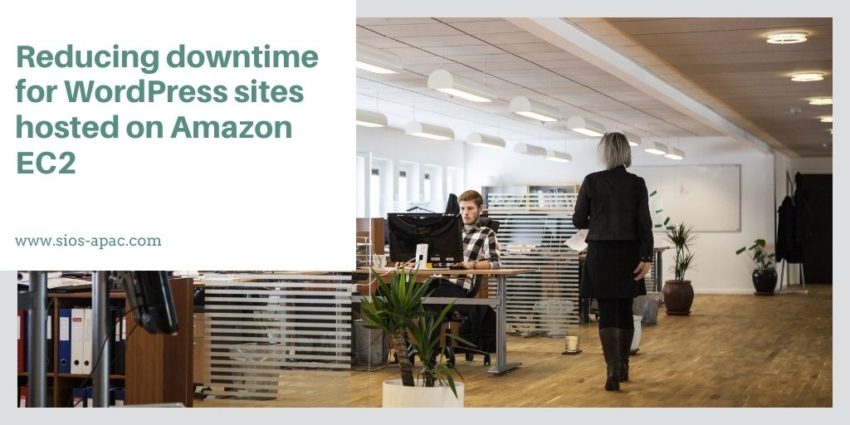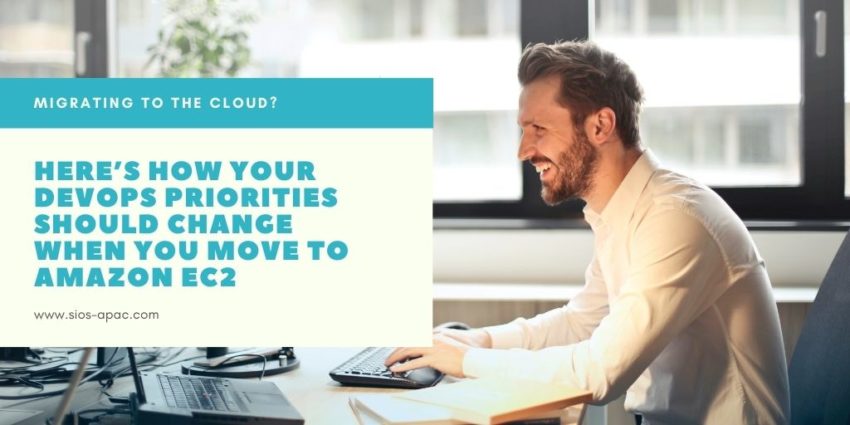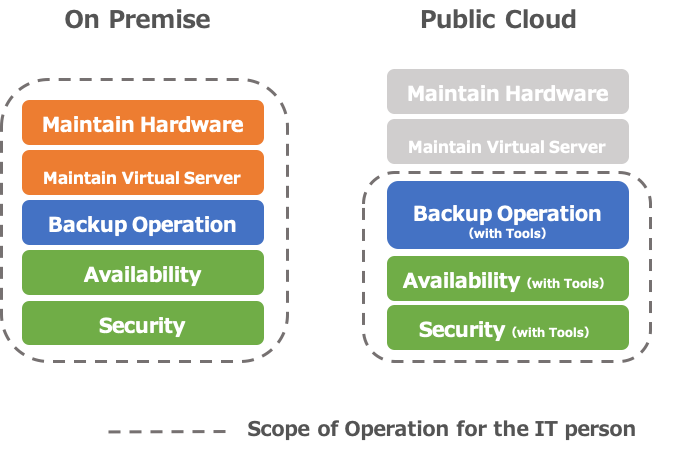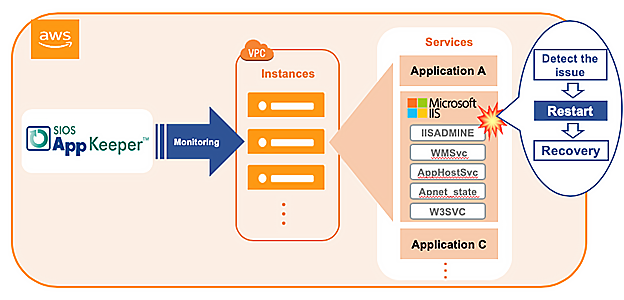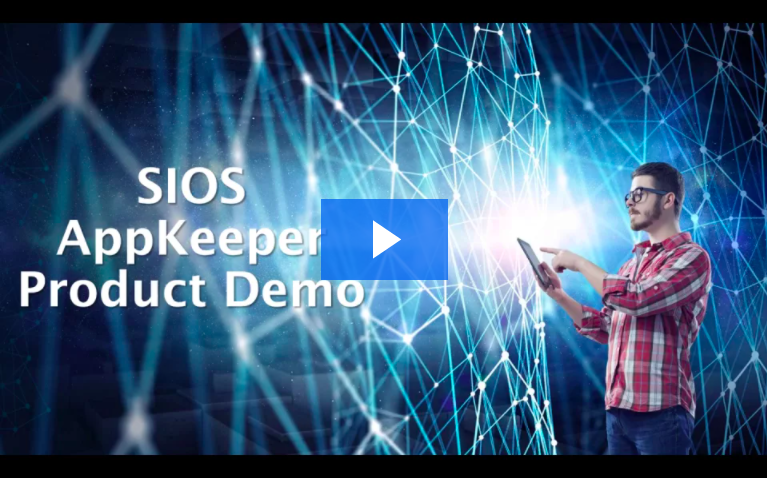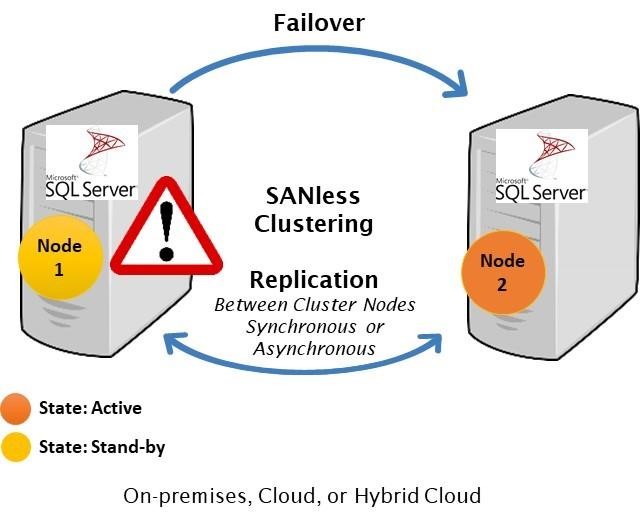| October 19, 2020 |
Reducing downtime for WordPress sites hosted on Amazon EC2 |
| September 27, 2020 |
Migrating to the cloud? Here’s how your DevOps priorities should change when you move to Amazon EC2 |
| September 20, 2020 |
Expand Your High Availability Metrics |
| September 14, 2020 |
Automated recovery for Microsoft IIS Applications running on Amazon EC2 |
| September 10, 2020 |
How to Deliver High Availability for SQL Server in Linux Environments
How to Deliver High Availability For SQL Server in Linux EnvironmentsIf your organization is running business-critical Microsoft SQL Server on Linux, your IT team undoubtedly knows how challenging continually maintaining high availability, performance and security can be. Particularly difficult is how to ensure high availability with robust replication and automatic failover. Using open-source software and an easily configured HA SANless cluster solution can offer a simpler maintenance approach without sacrificing the safety and performance your organization requires. Limited High Availability Options for LinuxMost Linux distributions give IT departments two inferior choices for high availability: either pay more for the SQL Server Enterprise Edition to implement Always On Availability Groups, or struggle to make complex do-it-yourself HA Linux configurations work well—something that can be extraordinarily difficult to do. The problem with using the Enterprise Edition is that it undermines the cost-saving strategy for using an open-source operating system on commodity hardware. For a limited number of small SQL Server applications, it might be possible to justify the additional cost. But it’s too expensive for many database applications and will do nothing to provide general-purpose HA for Linux. Providing HA across all applications running in a Linux environment is possible using open-source software, such as Pacemaker and Corosync, or SUSE Linux Enterprise High Availability Extension. But getting the full software stack to work as desired requires creating (and testing) custom scripts for each application, and these scripts often need to be retested and updated after even minor changes are made to any of the software or hardware being used. Availability-related capabilities that are unsupported in both SQL Server Standard Edition and Linux can make this effort more challenging. Finding an Alternative High Availability Solution for SQL Server in LinuxTo make HA both cost-effective and easy to implement, you may want to consider two different, general-purpose approaches. One is using storage-based systems that protect data by replicating it within a redundant and resilient storage area networks (SANs). This approach is agnostic with respect to the host operating system, but it requires that the entire SAN infrastructure be acquired from a single vendor and relies on separate failover provisions to deliver high availability. The other approach is host-based and involves creating a storage-agnostic SANless cluster across Linux server instances. As an HA overlay, these clusters are capable of operating across both the LAN and WAN in private, public and hybrid clouds. The overlay is also application-agnostic, enabling organizations to have a single, universal HA solution across all applications. While this approach does consume host resources, these are relatively inexpensive and easy to scale in a Linux environment. Most HA SANless cluster options provide a combination of real-time block-level data replication, continuous application monitoring, and configurable failover/failback recovery policies to protect all business-critical applications, including those using Always On Failover Cluster Instances available in the Standard Edition of SQL Server. SIOS Technology Corp. offers more robust HA SANless cluster solutions for Linux with advanced capabilities that are designed to free IT from the complexity and daily challenges of supporting and optimizing computing infrastructures. The SIOS Protection Suite solution with LifeKeeper provides:
For example, a SANless cluster can handle two concurrent failures. The basic operation is the same in the LAN and WAN, as well as across private, public, and hybrid clouds.
In a typical two-node cluster server #1 is initially the primary that replicates data to servers #. It experiences a problem, automatically triggering a failover to server #2, which now becomes the primary. In this situation, the IT department would likely begin diagnosing and repairing whatever problem caused server #1 to fail. Once fixed, it could take over as the primary or server #2 could continue in that capacity replicating data to servers #1. With most HA SANless clustering configurations, failovers are automatic, and both failovers and failbacks can be controlled by a browser-based console. For further information about SIOS LifeKeeper and Protection Suite solutions, visit SIOS SAN and SANless High Availability Clusters for Cluster Server Environments. Reproduced with permission from SIOS |
